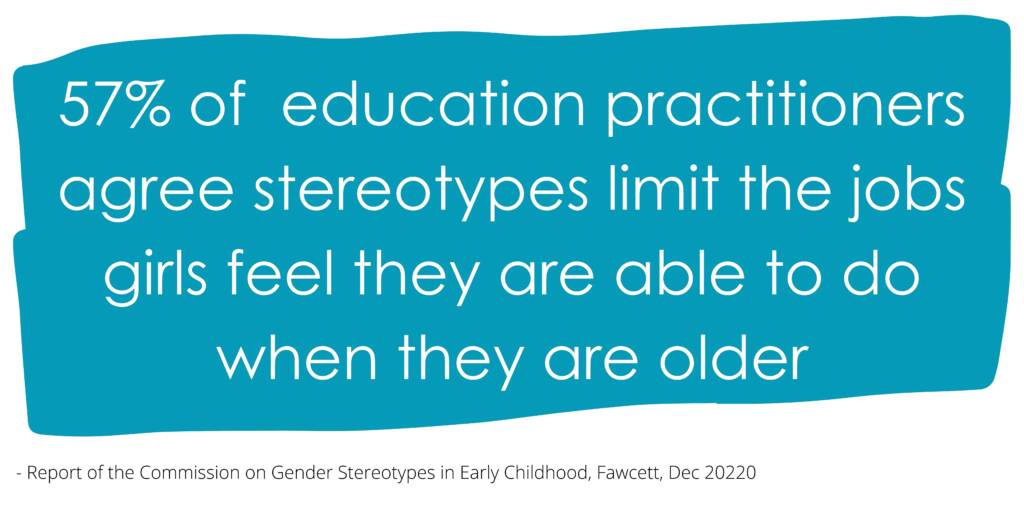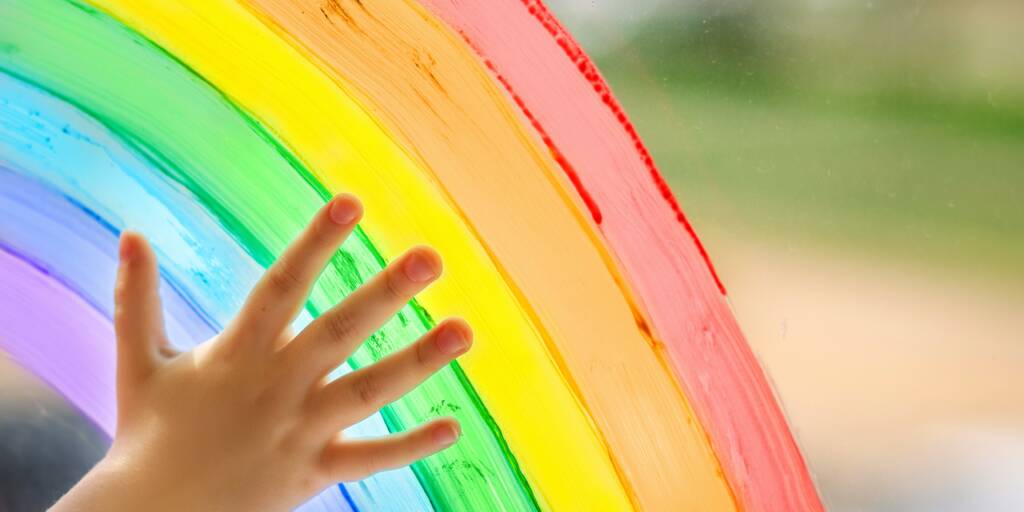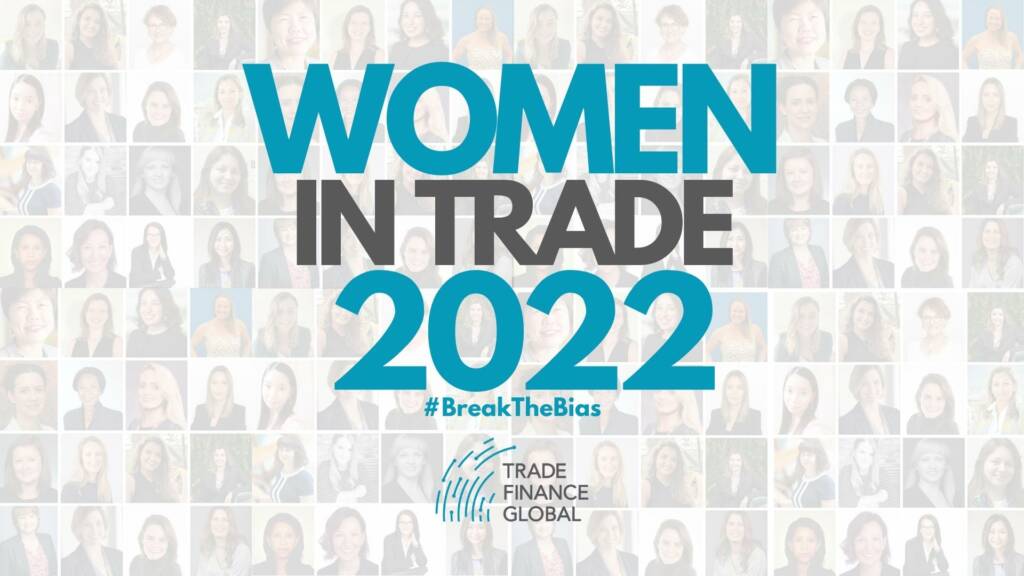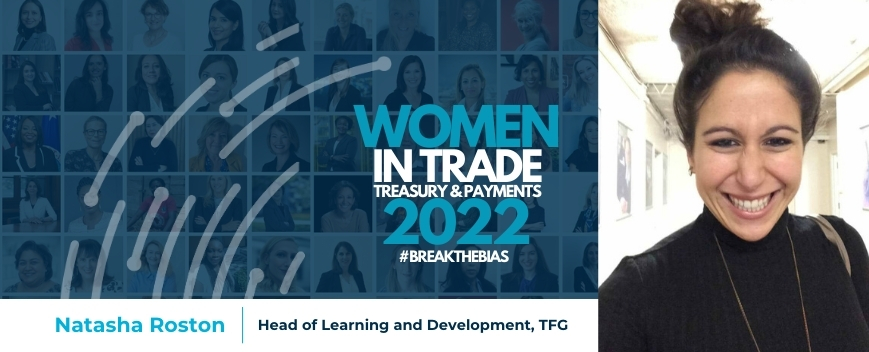Why is #BreakTheBias so apt for TFG?
Our mission is to remove the barriers from trade. We want our information to be accessible to all. For every professional to learn, for every business to grow.
That’s why all our educational resources are free. No barriers. No economic bias. That shapes everything we do. We know trade opens doors to change on a global scale and that is why, what we do and how we do it matters. It’s important.
It’s meaningful. And perhaps most importantly, we care.
You usually hear us talk about the Trade Finance gap or even the Trade Finance education gap, but not today. We want to share and celebrate the diverse journeys of Women In Trade to prompt conversations about the Gender Pay Gap.
Women shouldn’t have to trade off who they are.
Together we can #BreakTheBias.
What does #BreakTheBias mean to me?
Unsurprisingly as a former teacher and current Head of Learning & Development, it’s all about education. It is only through education that we can remove bias, stereotypes and discrimination.
To be clear, International Women’s Day (IWD) is not about educating women, it’s about educating society. It’s about educating how we can all treat each other now and for the future.
It’s about how we can challenge the stereotypes of today and how to bring up the next generation, to ensure these are no longer the prejudices of tomorrow.
As a woman and mother of two, I have faced recent challenges that resonate with today’s theme. Firstly, as a professional and a parent – figuring out what it means for me to be a working mother.
Secondly, and the focus for this piece, how my children were treated differently due to their gender from the day they were born.
Like so much of our present day polarization, the use of gendered colours has increased and is widening in terms of its impact.
From starting with just differing the colour, either pink or blue, for cards and blankets, it is now impacting the development of the next generation, shaping who they are before they can even speak.
If we want women to be present and raise their voice in environments where men previously dominated, we need to change how we treat girls and boys from their very first experiences of life. From day one. These are embedded societal issues on a giant scale.
For the record, I have nothing against the colour pink, nor the colour blue. And, it’s not really about colour at all. It’s just a starting point that’s somehow become a gateway for a gendered upbringing.
I do have something against societal pressure that defines childrens’ identity saying:
“This is who you are. You are not that.”
Education is about choice. Removing choice, removes options.
Slowly, however unconscious, it creates a pathway. It’s like repeatedly walking the same way through a field of wheat, each time the path will get stronger. After a while it is so defined, so clear that that is the only path you walk. It cements a projection to define a person’s future.

Sadly, if you were to look at the focus of designs for ‘boys’ clothes and toys, you will see that they are filled with powerful slogans, bold colours and predatory creatures; and vice versa for girls.
Pitting monster dirt trucks versus glitter flower fairies. Are these really the values that society wants to equip and embed them with?
Early years in childhood are so influential on a child’s identity, confidence and understanding of the world. What are we educating them?
Why are we creating a linear, single coloured pathway? What archaic gendered beliefs are we perpetuating and compounding here about the roles of men and women?
Both my children love to climb on the sofa roaring like a T-Rex and dig for worms.
They also both love to gently cuddle the baby doll to ‘sleep’ and spin around the room in fancy dress singing “Let it go!”.
If we want leaders who can listen as well as speak, who are confident and compassionate, we need to open their bright eyes to everything. We need to show them both strong and nurturing role models.
We need to educate the whole, and not coax out and refine one part. As that part will begin to shut out the rest and continue this cycle of re-instilling gender stereotypes of the generation before. It will continue the cycle of bias, continue the Gender Pay Gap.
Show every child the rainbow. Then, if my daughter picks the pink and my son picks the blue – fine. It doesn’t matter what they choose; it matters that they have a choice.

Here’s to choice.
Here’s to diversity.
Here’s to education.
Here’s to breaking the bias.
Oh, and my favourite colour is green.

























